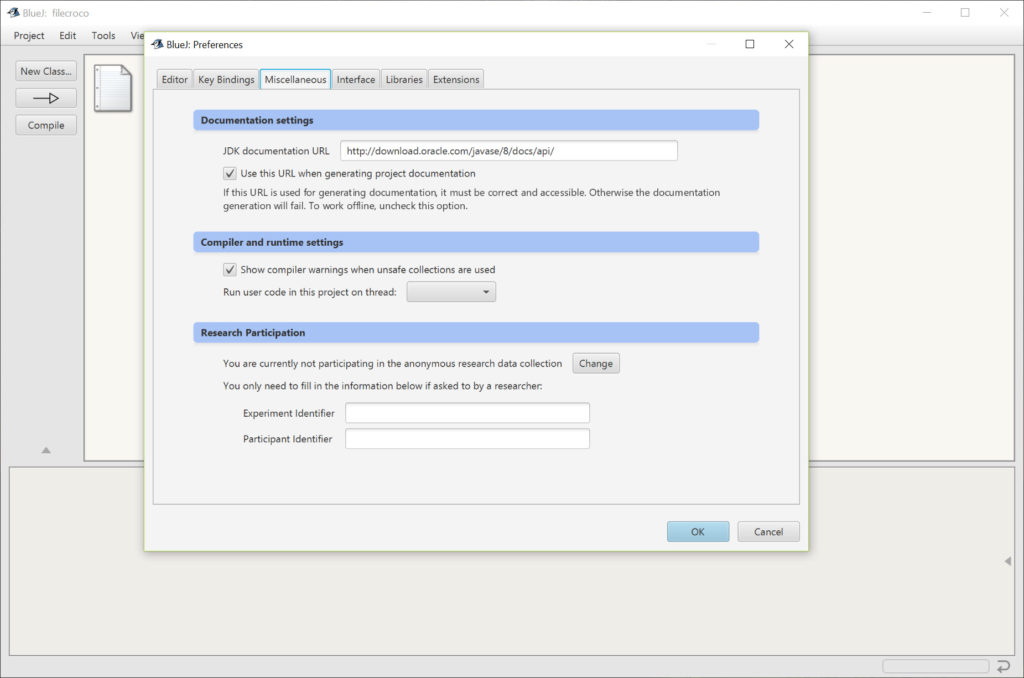

These are included by default in our Coursera specific version of BlueJ, but in case you need them, you can also download just our code package files for Java (the code is compatible with any Java versions 6 or greater):īlueJ is open source software, meaning you can also download the source code.
#BLUEJ DOWNLOADS INSTALL#

Finally, run the following command in your shell to run a standard installation.I have installed mine inside the Java1.7 folder. Install xdg-utils using the package manager for your version of Linux (such as apt-get for Ubuntu/Debian or yum for Fedora/RedHat) Before you download BlueJ, you must create a folder called BlueJ.If not, install Oracle's Java 8 JDK by following these instructions for Ubuntu/Debian or Fedora/RedHat.Check to see if a JDK is currently installed on your machine using the following command (again, any response that starts with 1.8 or higher is fine):.
#BLUEJ DOWNLOADS HOW TO#
The instructions below assume you know how to use the command line and package manager. You must use version 1.8.x for this course. On Linux, BlueJ does not come bundled with a Java Development Kit, JDK, so you will need to make sure it is installed as well.
Download the Duke/Coursera specific version (choose Save instead of Run).On Windows, BlueJ comes bundled with a Java Development Kit, JDK, so only a single download is needed. Move the BlueJ application from the resulting folder to your preferred location.Download the Duke/Coursera specific version.On the Mac, BlueJ comes bundled with a Java Development Kit, JDK, so only a single download is needed. It does not require a lot of disk space (~200Mb) or processing power (~128Mb RAM) so it should run comfortably on any machine. This environment has been used successfully by millions of programmers over 15 years and has been designed by educators at the University of Kent for teaching people new to programming. For Duke's courses, we will be using a custom version of the BlueJ Development Environment to develop our Java code.


 0 kommentar(er)
0 kommentar(er)
